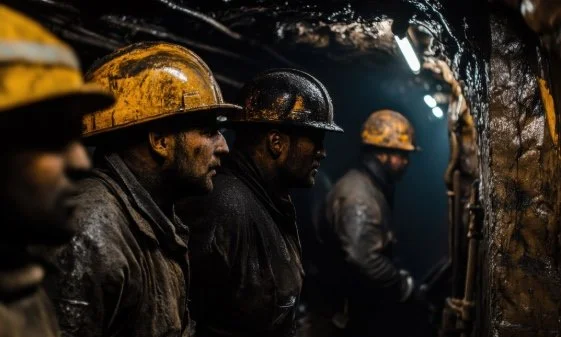Supreme Court Reopens Door for Post-Facto Environmental Clearances
Ruling Protects Unauthorised Development Projects Worth Thousands of Crores, Sidelining Environmental Safeguards
November 18, 2025
The Supreme Court has revived a mechanism that allows construction or industrial projects to obtain environmental clearance even after they have already started or expanded without approval. This means projects that violated environmental rules can now continue operations without facing legal action or being dismantled.
The change follows a review of a May 2025 judgment that had earlier stopped this practice, declaring it illegal.
The idea of environmental clearance is that before any project that could harm the environment begins, whether it’s a housing colony, power plant, road or factory, the company must carry out an Environmental Impact Assessment (EIA). They must study how their work will affect the environment and then seek permission based on that assessment.
The rule has existed since 2006. But over the years, many projects have started work without getting these approvals first. In 2017 and 2021, the government introduced a rule and a memorandum to allow such projects to apply for clearance after already starting work. This is called post-facto or retrospective clearance.
In May 2025, the Supreme Court had struck this down, calling the practice illegal. The judges said it rewarded violators and encouraged others to break the law, too. That decision meant dozens of large projects across India could be halted or even demolished. Many environmentalists welcomed the ruling because it sent a clear message, that companies must follow the rules or face consequences.
But now, that ruling has been reversed by a new Bench led by Chief Justice B.R. Gavai. The Confederation of Real Estate Developers of India (CREDAI), which represents builders and construction firms, had filed a review petition, as reported by Bar and Bench. They argued that the earlier ruling would hurt the real estate sector badly and affect other industries tied to construction.
Justice Gavai accepted this argument and said demolishing projects worth 200 billion (20,000 crore) rupees would lead to more pollution, not less, and hurt public interest. He said that since these projects had already been granted clearances after the fact, they should be allowed to continue.
Justice Ujjal Bhuyan, however, strongly disagreed. He wrote a dissenting judgment, stating that India’s environmental law does not permit giving clearance after the damage is done. He reminded the Court that this was not the first time it had said so, and warned that letting this happen again makes environmental protection meaningless. He also pointed out that the Union government had not even filed a review itself but merely supported the builders.
Justice K. Vinod Chandran, the third judge, supported the Chief Justice and said the review was not only valid but necessary.
This will raise questions among environmentalists about accountability and the signal it sends to companies planning large projects. A company could clear forests, pollute rivers, or build on wetlands, and later say sorry and get clearance anyway.
Take the example of a cement plant built in a tribal village without proper studies. Once up and running, it might destroy farmland, dry up water sources and cause dust-related illnesses. If the company had to get environmental clearance first, these impacts would have been studied. People would have had a chance to object. But if clearance is allowed afterwards, none of that happens. The damage is done by the time the paperwork is sorted.
In 2020, the Union Ministry of Environment tried to formally make post-facto clearance part of law. But the draft faced strong opposition from environmental groups, scientists and even school students. Many pointed out that even the United Nations has called such practices dangerous and inconsistent with sustainable development. India has signed global agreements that require it to ensure environmental protection before projects begin. The ministry later stated in Parliament that this was not the intent of the final draft.
Even the National Green Tribunal, which is India’s environmental court, had earlier said that granting clearance after a project has started is illegal and cannot be a regular process. It had called the 2021 Office Memorandum a “disaster” for environmental rule of law.
In coastal villages of Tamil Nadu and Maharashtra, fishers have opposed ports and industrial parks that were built without proper clearance. In Odisha, forest dwellers have protested mining activities that damaged their land and water. In several parts of India, local communities bear the brunt of weak enforcement. Many of them don’t even know that a project should have undergone an environmental study. They only learn when the water turns black or the air smells of chemicals.
By allowing retrospective clearances again, we are creating a dangerous loophole that will hurt people, forests, rivers and air quality.
You have just read a News Briefing by Newsreel Asia, written to cut through the noise and present a single story for the day that matters to you. Certain briefings, based on media reports, seek to keep readers informed about events across India, others offer a perspective rooted in humanitarian concerns and some provide our own exclusive reporting. We encourage you to read the News Briefing each day. Our objective is to help you become not just an informed citizen, but an engaged and responsible one.

